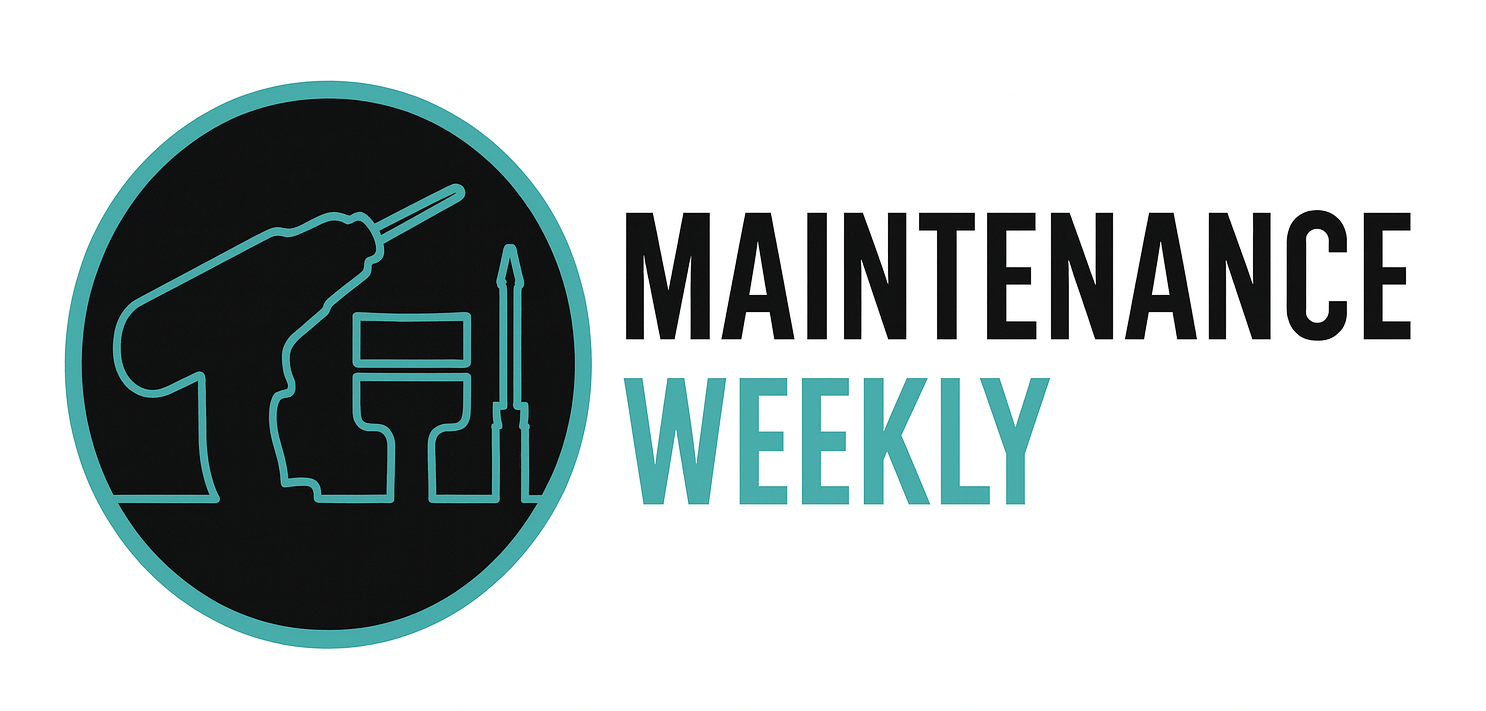Aircraft Sheet Metal Mechanic – Career Overview
An Aircraft Sheet Metal Mechanic is a skilled technician who specializes in repairing, modifying, and maintaining the metal parts and structures of aircraft. They work with materials such as aluminum, titanium, and steel to fabricate, install, and repair components of an aircraft’s fuselage, wings, and other critical areas. Their expertise ensures that the structural integrity of the aircraft is maintained, contributing to the overall safety and performance of the aircraft.
Aircraft Sheet Metal Mechanics are essential in the aviation industry, where their work directly impacts the aircraft's ability to perform safely in flight.
Key responsibilities of an Aircraft Sheet Metal Mechanic include:
● Inspecting and diagnosing damage or wear on metal components of aircraft.
● Fabricating new sheet metal parts for replacement or modification of aircraft structures.
● Repairing or replacing damaged metal parts such as panels, doors, and engine mounts using various hand and power tools.
● Measuring and cutting metal components to precise specifications and standards.
● Welding and soldering to fuse or seal metal components.
● Using blueprints and schematics to follow specifications for repairs and modifications.
● Maintaining records of repairs, modifications, and inspections for compliance with aviation standards and regulations.
An Aircraft Sheet Metal Mechanic should possess:
● Expertise in metalworking, including knowledge of welding, soldering, and other fabrication techniques.
● Attention to detail to ensure that metal components meet strict aviation standards.
● Manual dexterity and the ability to use hand tools and machinery accurately.
● Problem-solving skills to assess damage and determine the best repair methods.
● Good communication skills for working as part of a team and reporting issues to supervisors.
● Knowledge of safety procedures to ensure a safe working environment and prevent accidents.
To become an Aircraft Sheet Metal Mechanic:
● Education: A high school diploma or equivalent is required. Many mechanics pursue additional education, such as an Associate's degree in Aviation Maintenance or a similar field.
● Certification: An FAA Airframe and Powerplant (A&P) license is often required for those who wish to work on aircraft, though some positions may accept specialized sheet metal certifications.
● Experience: Hands-on experience working with aircraft or metalworking is essential. Many mechanics start as apprentices or in entry-level positions and gain experience over time.
Aircraft Sheet Metal Mechanics work in hangars, repair shops, or maintenance facilities at airports or aerospace companies. The job often requires working with heavy machinery and in tight or confined spaces. The work environment may be noisy, and safety gear is often required. Mechanics may work in shifts, including nights, weekends, and holidays, depending on the needs of the aircraft fleet.
The demand for skilled aircraft sheet metal mechanics remains strong, driven by the continued growth of the aviation industry and the need for regular maintenance and repairs of aircraft. Mechanics with specialized skills, such as expertise in specific aircraft types or advanced materials, may find additional opportunities in the aerospace sector. Career advancement may include moving into supervisory roles or specializing in areas such as avionics or aircraft systems.
Source: ChatGPT
